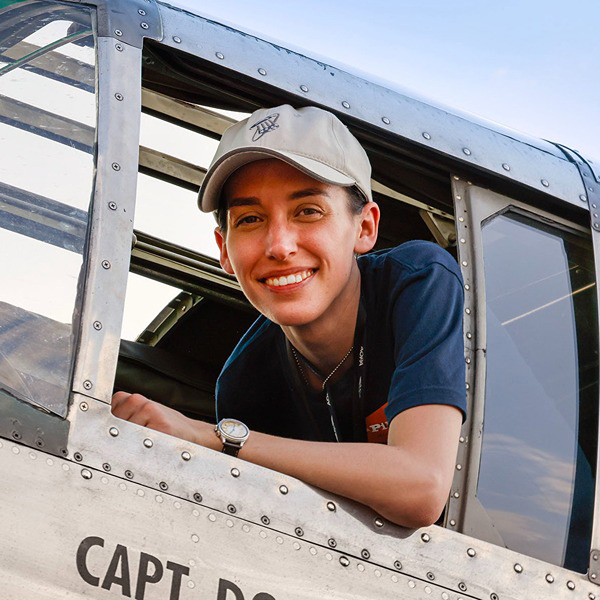Ready for launch
Iconic museum goes to new heights
There really is something for everyone at the newly renovated Smithsonian National Air and Space Museum, which opened its first phase to the public on October 14.
Part of a $250 million renovation that began in 2018, the exhibits make ingenious use of space to include a staggering number of artifacts, more than half of which are on display for the first time. In addition to the eight new exhibits and a new logo, the museum also unveiled a refreshed brand identity centered around the four pillars of celebration, inspiration, inclusivity, and approachability—using extensive research to bring to light individuals, groups, and inventions that have often fallen by the historical wayside. “We’re really in the business of telling stories—telling people’s stories—and how they connect to the artifacts and the technologies we celebrate,” said Director Chris Browne.
Of particular interest to general aviation pilots is the Thomas W. Haas “We All Fly” exhibit, where you can enjoy activities like using a Pilatus PC–12 or Piper Super Cub to plan a medical transport or remote resupply flight, making decisions regarding wind, terrain, and environmental factors along the way. The detail-packed stations introduce the broad range of GA, from humanitarian aid to business, sport, conservation, public service, and more. Stop by the “Find a Career in Aviation” station to fly a variety of GA missions and find the right career for you. The more innovative-minded can visit the homebuilt station to check out a workbench, materials, and blueprints. Key artifacts on display include Charles and Anne Lindbergh’s flight suits and the Spirit of Columbus, the Cessna 180 that carried Jerrie Mock—the first woman to fly solo around the world—on her trip in 1964. In all, this exhibit is a great glimpse into what GA is all about, and it is sure to inspire generations to come.
Other highlights of the museum include touring the interior of a 1956 American Airlines DC–7 in the “America by Air” exhibit, looking through a replica of the International Space Station cupola to experience the sights and sounds of the ISS in “One World Connected,” or creating your own solar system in “Kenneth C. Griffin Exploring the Planets” in a hands-on experiment with the effects of gravity and orbits. In the “Early Flight” exhibit, try your skill at piloting early aircraft such as the Wright Flyer and Blériot XI monoplane, and meet the men and women who pioneered the first concepts of flight, all demonstrated by fascinating models and interactive technologies.
In “Nation of Speed,” press buttons to hear the sounds of each displayed automotive and aerospace engine that pushed humanity to new records and beyond, and in “Destination Moon” get up close to the Apollo 11 command module from the first moon landing while watching a moving multiscreen production of the tumultuous human milestones of the 1960s.
Each highly visual and sensory-immersive exhibit transports visitors through time and space. In the keystone of “Exploring the Planets,” step into a huge circular screen to experience new places in our solar system in a video-game-feeling experience of what it would be like to walk on these planets.
Visitors also can take in a show at the expansive new planetarium (after snapping a selfie with the X-wing from Star Wars: The Rise of Skywalker hanging at the entrance) and browse the Disneyland-worthy museum shop and café.
The museum’s mission of being a hands-on source of inspiration and education for the next generation is clearly in focus throughout the facility. “We hope that each visitor will see themselves in these exhibitions,” said Browne, “and that young people will be inspired by all that is possible in aviation and space exploration.”
The new exhibits are open while the rest of the museum undergoes renovation, which is expected to be completed in 2025. Timed entry tickets are required and can be reserved for free online.
















